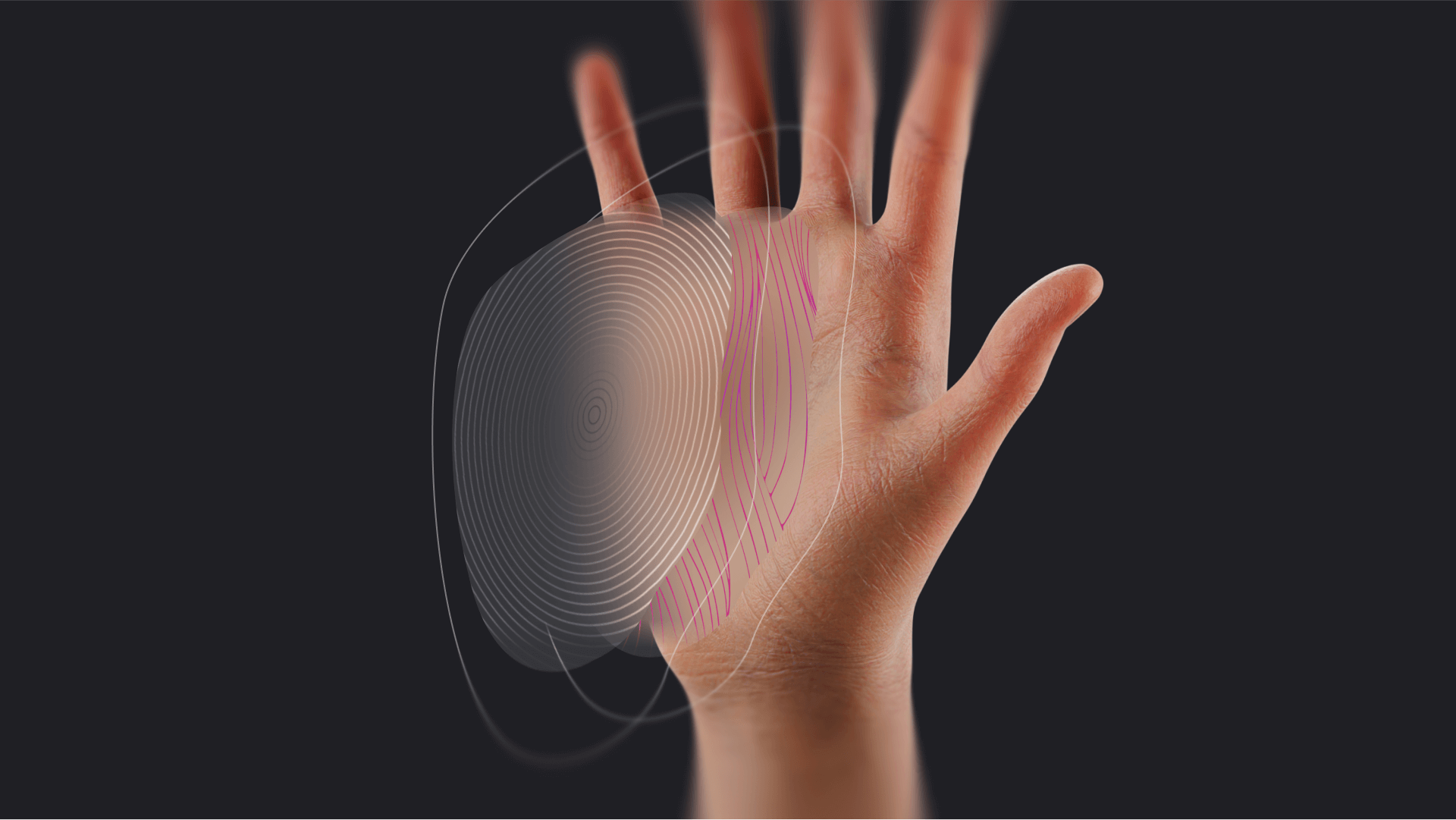The integration of biometric technology has marked a significant leap forward for businesses aiming to enhance the safety, privacy, and efficiency of their operations. While the focus often lands on the physical aspects of biometric systems — sensors and scanners — the software that powers these systems is just as critical.
With biometric software often taking tons of time, financial resources, and highly specialized personnel, many companies are searching for a full stack biometric solution that encompasses both the hardware and software. But all biometric software is not created equal.
Let’s explore four compelling reasons to thoroughly vet your biometric provider’s software, plus some key considerations if you’re thinking about developing your own.
The software determines the user experience.
User experience — and by extension user engagement and retention — is heavily influenced by the software’s design and functionality. A system that’s a breeze to use versus one that’s a continual source of irritation for customers trying to enroll their biometric or use it is often differentiated by the underlying software. Consider these aspects:
Speed and accuracy: The efficiency with which the system recognizes and processes biometric data can significantly impact user satisfaction. A seamless experience hinges on quick and accurate identification.
User interface: An intuitive and accessible interface ensures smooth interactions for all users, from members to employees, enhancing overall system adoption and satisfaction.
Adaptability: The software’s ability to integrate seamlessly with existing security frameworks is crucial. It should complement and bolster your current infrastructure without requiring extensive modifications.
Security is only as strong as the weakest link
Biometric systems manage sensitive personal information, so strong security is crucial. Since malware targets software weaknesses, it’s vital for software to include strict security protocols, such as:
Encryption methods: Advanced encryption techniques are vital for protecting data both at rest and in transit.
Data storage solutions: Where and how biometric data is stored can greatly affect the system’s security.
Regular updates and patches: The provider’s commitment to software maintenance is a clear indicator of their dedication to security. Regular updates ensure the system’s defense against evolving cyber threats.
Compliance and legal considerations

Navigating the legal landscape is as crucial as ensuring system functionality. The software must facilitate adherence to regulations governing biometric data, such as the General Data Protection Regulation (GDPR) or the California Consumer Privacy Act (CCPA), which require structures such as:
Consent mechanisms: Clear and accessible methods for obtaining user consent are mandatory.
Data portability: The software should support the extraction and transfer of data in compliance with legal requirements.
The right to be forgotten: Users must be able to request the deletion of their data, and the software should streamline this process.
Scalability
Given the significant investment that biometric systems entail, it’s crucial to select software that can scale with your business. Future-proofing your investment means choosing a solution that can grow without requiring a complete system overhaul.
Keyo’s at the forefront of biometric hardware and software
The hardware might catch your eye, but it’s the software that really defines the heart of the system. Its role in determining user experience, ensuring security, facilitating compliance, and enabling scalability cannot be overstated. Businesses must undertake a comprehensive evaluation of potential providers’ software capabilities, ensuring they align with current needs and future goals. In doing so, organizations can leverage biometric technology to its fullest potential, enhancing operations while safeguarding sensitive data.
Keyo provides a comprehensive, vertically integrated hardware and software solution designed with security, scalability, accessibility, and user experience at its core.
To discover how we can meet your palm recognition needs, please contact us.

 Palm Print vs. Palm Vein Scanning: Why Keyo Does Both
Palm Print vs. Palm Vein Scanning: Why Keyo Does Both